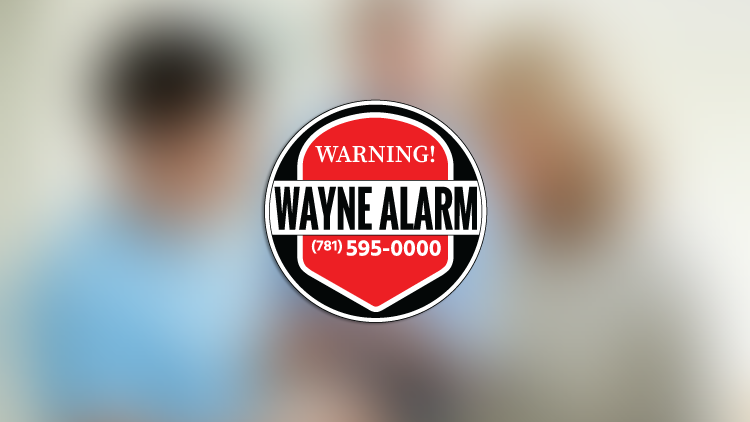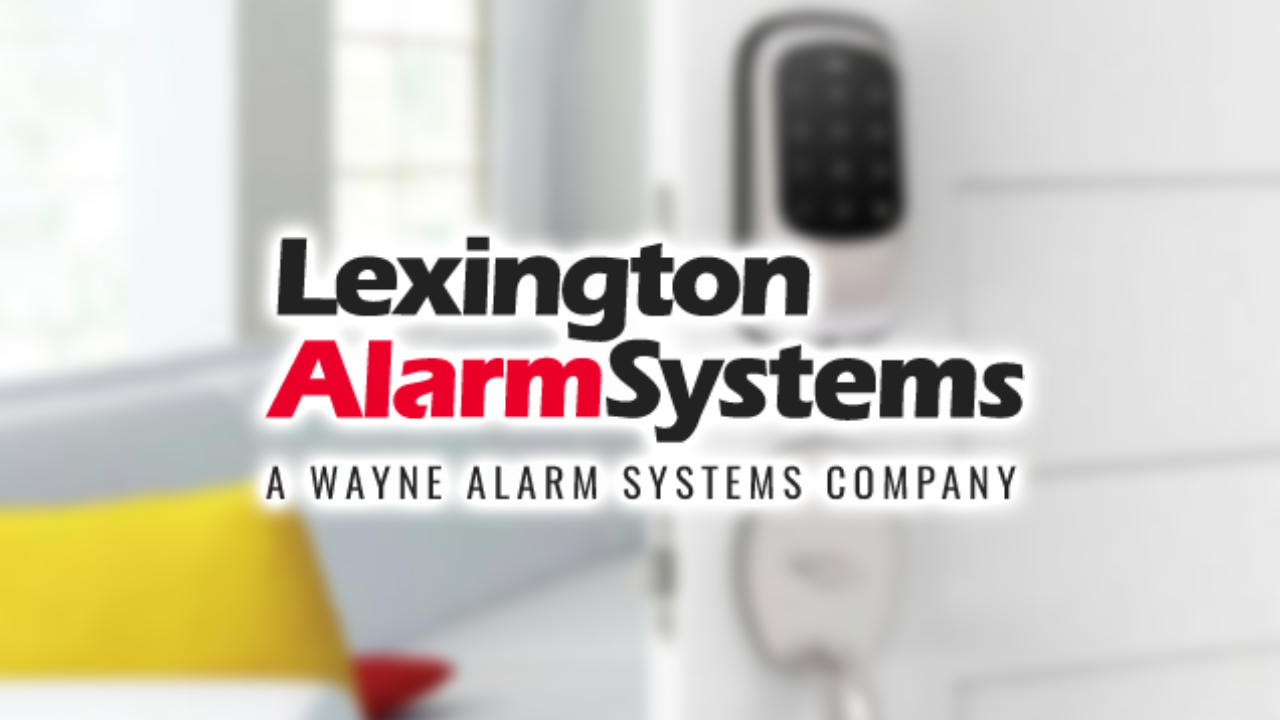There’s no way around it, securing a business requires a reliable alarm system.
In Massachusetts, several companies offer commercial security solutions.
Below, we review a few of the best options for business security. These include Wayne Alarm, Lexington Alarm, ADT, and Alarm New England. Below is a brief summary of each, along with some pros and cons to help you make a choice.
Wayne Alarm

Wayne Alarm provides security systems for businesses of all sizes. The company offers intrusion detection, fire alarms, and video surveillance. Their local monitoring center ensures quick response times.
Pros:
- 24/7 local monitoring
- Custom security solutions
- Strong customer support
Cons:
- Higher pricing than some competitors
- Limited coverage outside Massachusetts
Lexington Alarm

Lexington Alarm specializes in commercial security and fire alarm systems. They provide advanced access control and video surveillance. Businesses can integrate their alarms with automation tools.
Pros:
- Strong focus on commercial security
- High-quality equipment
- Integration with automation systems
Cons:
- Installation fees can be high
- Customer service may vary by location
ADT

ADT is a national security provider with extensive experience in commercial alarm systems. They offer intrusion detection, fire alarms, and remote monitoring through an app.
Pros:
- Nationwide coverage
- Reliable 24/7 monitoring
- Well-known brand with a solid reputation
Cons:
- Long-term contracts
- Customer service may be inconsistent
Alarm New England

Alarm New England offers security solutions designed for businesses. Their services include intrusion alarms, surveillance cameras, and access control. They provide flexible plans with local support.
Pros:
- Competitive pricing
- No long-term contracts required
- Strong local presence and customer service
Cons:
- Limited coverage outside New England
- Some advanced features may cost extra
So, Who Is The Best Business Commercial Alarm Company in MA for 2025?
Choosing the right alarm company depends on business size, security needs, and budget. Wayne Alarm and Lexington Alarm provide strong local support. ADT offers nationwide coverage. Alarm New England stands out with flexible plans and strong customer service.
For businesses in Massachusetts looking for a reliable security provider, Alarm New England offers a great balance of affordability and service. Contact us today for a customized security solution.





![[2025 Ultimate Guide] – All About School Access Control Systems](https://alarmnewengland.com/wp-content/uploads/school-classroom.png)
